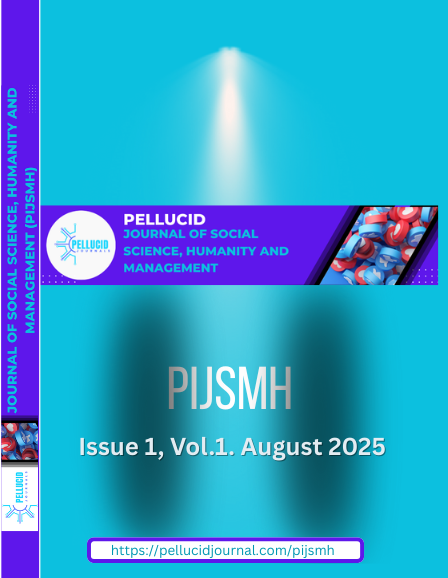External Debt and Sustainable Development Goal One in Nigeria
Keywords:
External Debt, Debt Overhang Theory, Poverty Headcount Ratio, Sustainable Development Goal 1, Debt ManagementAbstract
This study investigated the effect of external debt on the sustainable development goal (SDG1) one in Nigeria. The independent variable of the study was external debt whereas the dependent variable, SDG1 was proxied with poverty headcount ratio. The Two-Gap theory of Chenery and Strout was the main pillar of this study. Ex-post facto research design was adopted for the study. Secondary data were extracted from the world development indicators of the World Bank database and Central Bank of Nigeria (CBN) statistics for a period of 39 years (1985-2023). The results of the panel data regression analysis revealed that external debt had a positive (14.00865) and significant (0.0301) effect on poverty rate in Nigeria. The result indicated that external debt markedly increased the poverty level in Nigeria. The study concluded that external debt is a major causative factor of poverty in Nigeria. The study thus recommended to government the necessity for wise external debt management policies and strategies aimed at solving poverty issues. Furthermore, government should focus on economic and political stability in order to leverage the use of external debt and avert the debt burden. The study made a significant contribution to the existing literature by putting the dimensions of poverty at the center rather than the growth indicators of the economy. The research throws considerable light on how external debt is a serious problem for poverty and thereby contributes to the discussion on the fulfillment of Sustainable Development Goal 1 (No Poverty) in Africa.





